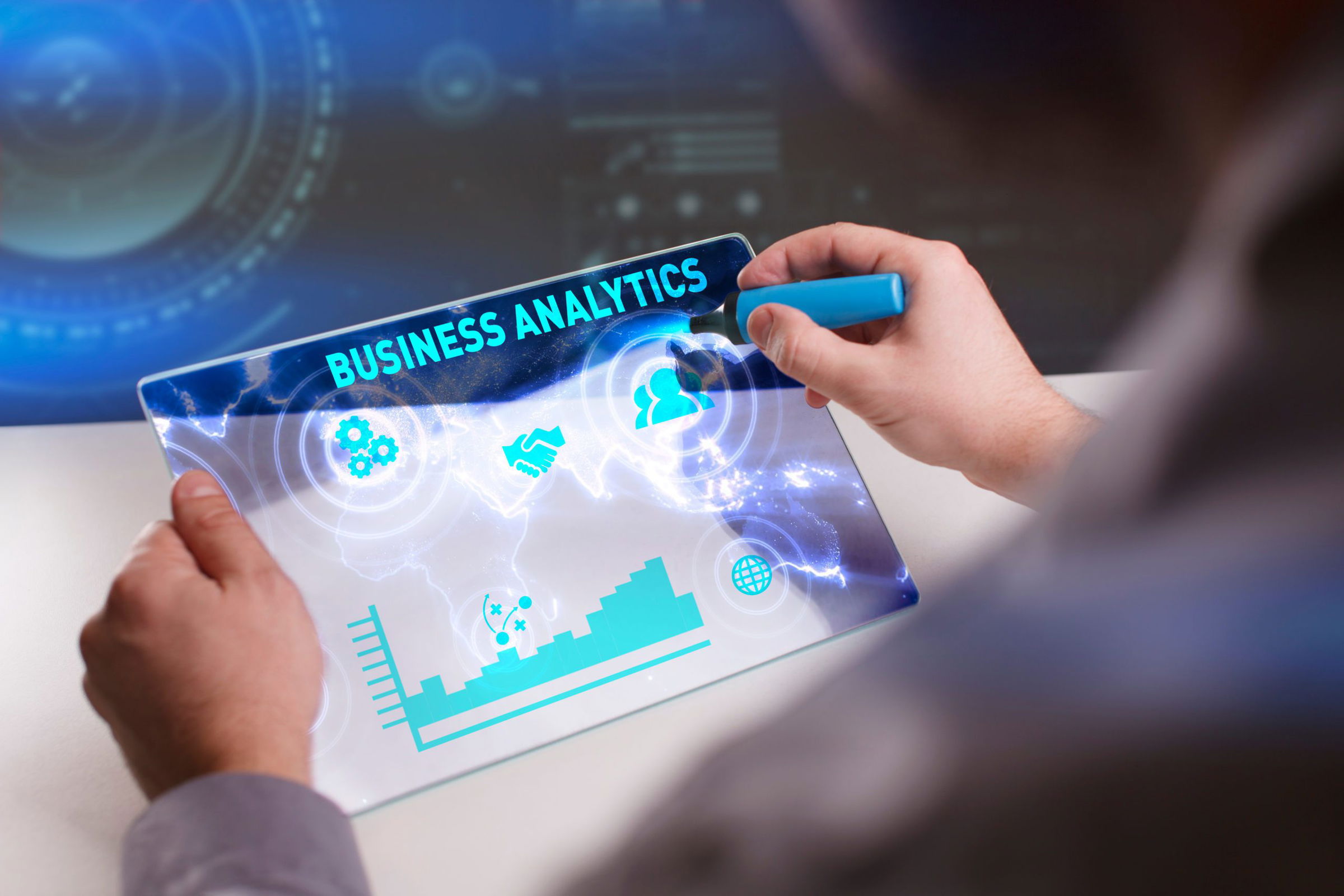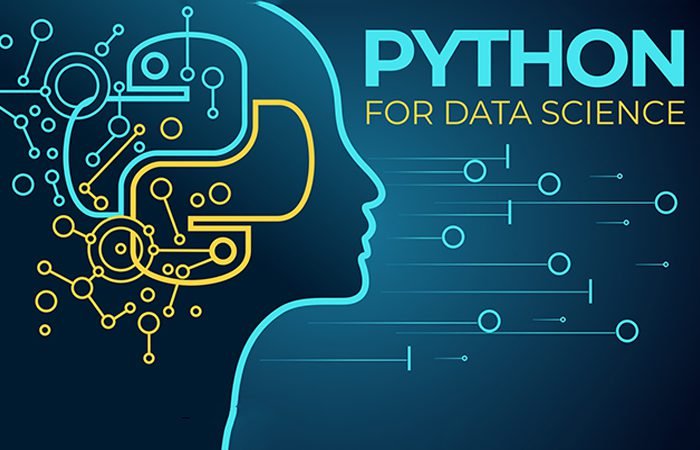Why data analytics is so important for data scientists
In recent times, data analytics is a rapidly growing field. As everything is based on data and technology nowadays, people in data analytics are required. If you are looking to have a career in data science, then this is the right place for you to learn about this discipline.
What is Data Analytics?
The process of examining data sets and patterns to conclude by following the recent trends about certain information they contain is known as data analytics. Data analytics is generally carried out with data analytics techniques and software. Data analytics technologies are mostly used in commercial industries and organisations to make more precise and informed business decisions.
Data scientists generally use data analytics techniques and tools to modify scientific models and theories. These modified technologies will be implemented in business modules in a more precise manner.
Types of Data Analytics
Businesses are increasingly resorting to data analytics techniques and solutions with machine learning capabilities to take better business decisions that will prove to be effective and efficient. The importance of data analytics to data scientists can be tracked through the types of data analytics as well.
There are four major types of data analytics techniques that have proven to be very helpful to businesses and have also given positive results. The types of data analytics can be stated as follows:
It is the most commonly used type of data analytics. Businesses use a predictive type of data analytics to identify trends, correlations and causations. It can further be divided into predictive modelling and statistical modelling which are interrelated.
-
Prescriptive Data Analytics
In prescriptive data analytics, data scientists use a combination of big data and AI. This helps the same to correct outcomes and choose the course of action. This can further be divided into optimisation and random testing that works for hand in hand. Companies can suggest new variables and also work with the old variables with modifications.
-
Diagnostic Data Analytics
This is a different form of data analytics as it does not predict the future but takes the course of action based on past trends for guiding the business. Diagnostic data analytics is the process to understand why something happened to track its past circumstances. It can further be divided into two categories such as discover and alerts, and query and drill-downs. Discover and alerts identify is as a potential problem before it occurs whereas queries and drill-downs are used to get more details from a report.
-
Descriptive Data Analytics
It is impossible to have business intelligence tools without the descriptive form of data analytics. Descriptive data analysis answers the basic questions of what, when, where, why and how. It can further be divided into two categories such as ad hoc reporting and canned reports. The ad hoc reports are made on an advanced basis and have not been scheduled yet whereas the canned reports are those that have been designed previously and contain information about a previous subject.
Importance of Data Science to Data Scientists
Data scientists use video trends and patterns of data and analyse them. Data science and analytics is an important field of discipline for today’s technologically advancing world and its importance cannot be understated.
- Data scientists use data analytics to officially understand gigantic data from multiple sources.
- Data science enables companies to derive valuable insights so that they can take data-driven decisions.
- Data science is widely used in various domains, such as commercial industries, healthcare, and banking, to make effective reforms according to popular data trends.
Conclusion
If you want to be a data analyst or a data scientist, then you may register for the data analyst certification course by Imarticus. We offer a data analytics course with placement to secure your career.









